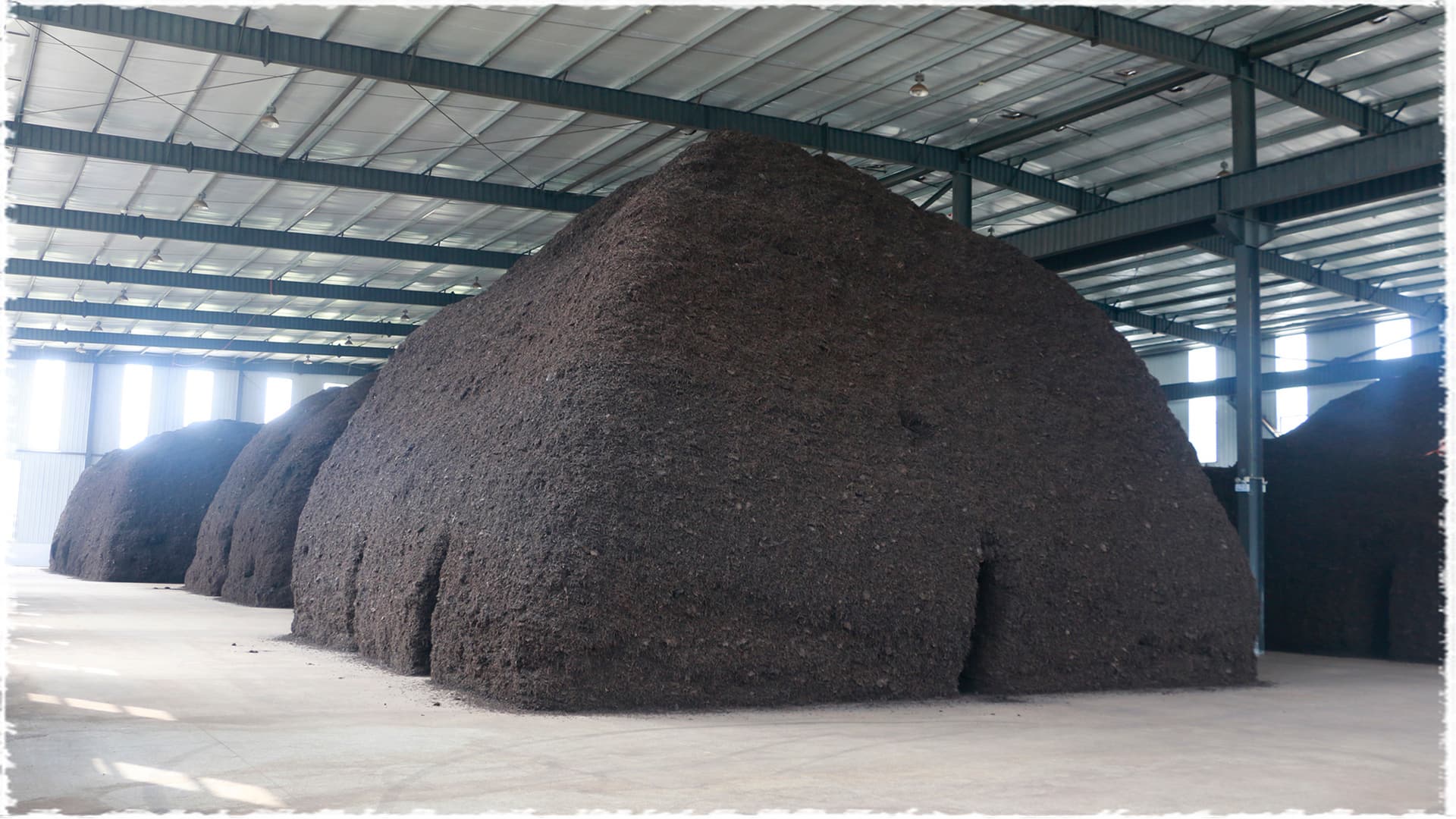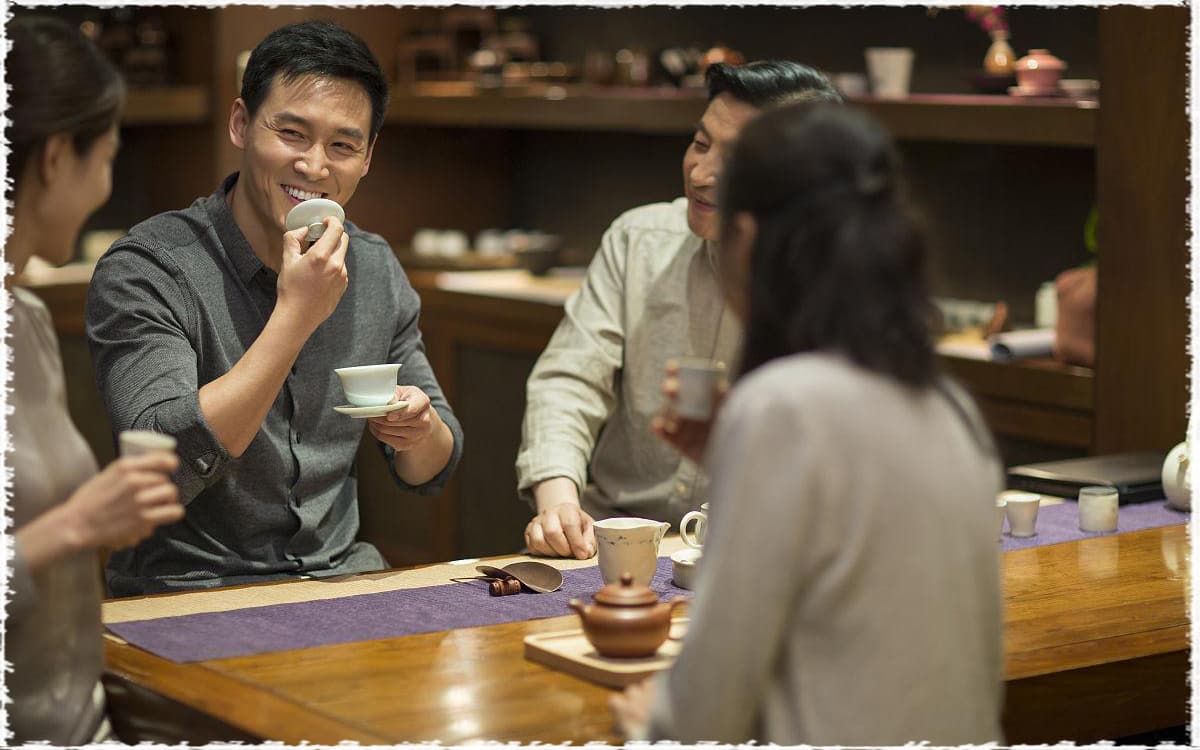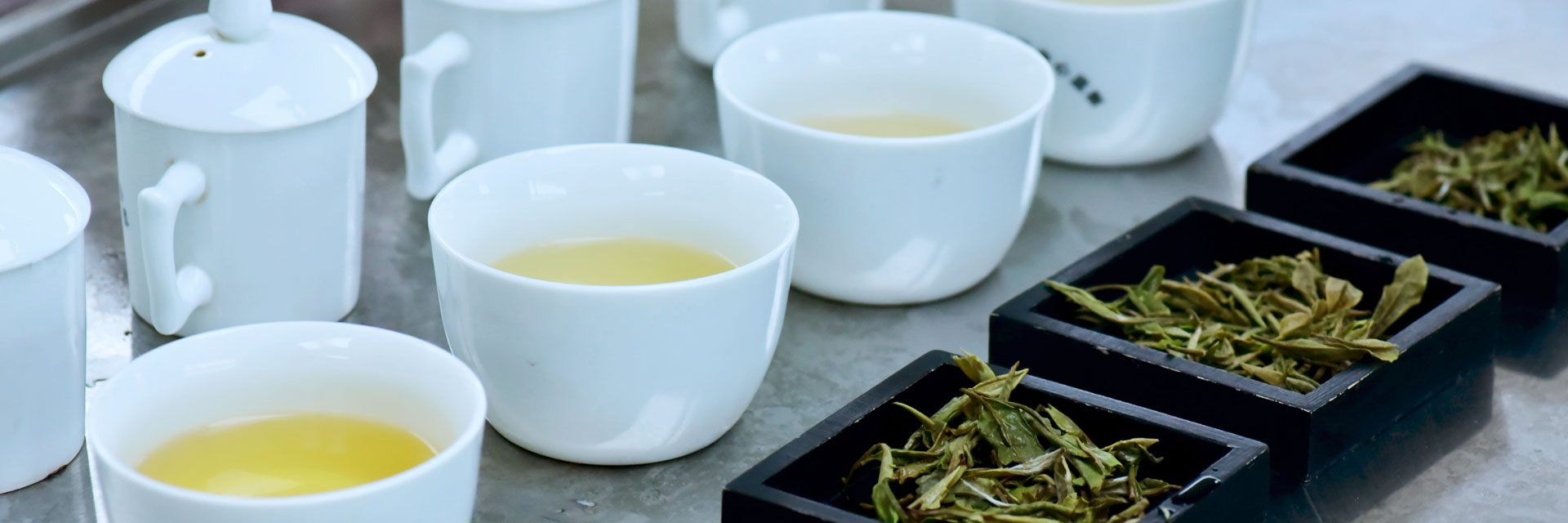Legend says that long ago, a fairy came down to the town of Liu Bao in Guangxi and found that the people were living in great poverty and were very anxious. She tasted the spring water under the mountain by chance and found it sweet and nourishing, unusually fresh and delicious. She thought: Such a lovely spring must be able to irrigate good plants. So, she called on the god of agriculture to sow the seeds of tea trees, and after careful cultivation, it grew into a dense tea tree. The people were told to sell the leaves to people outside the mountains in exchange for food and salt. Over time this tea tree began to branch out; Liu Bao town was full of this kind of tea tree. The people could harvest more and more tea, and life improved. The tea initially had no name, so named after the town’s name. It’s the origin of the name Liu bao tea.

As early as the Tang Dynasty, there was Liu bao tea, which has more than 1500 years of history. The Qing Dynasty reached its peak and became a tribute tea. One thousand five hundred years ago, Liu bao tea existed. Why are many people still not familiar with it today? Because the 1960s, the local villagers were relatively poor, and tea drinkers were few. To solve the problem of food and clothing, cut down many tea trees and planted anise and other cash crops. Until the 1990s, the standard of living improved before replanting, making many Liu bao tea once reduced production. What kind of tea is this tea that has experienced hardships?
Origin
Wuzhou, a city with hilly terrain and rivers, has a warm and humid climate with abundant rainfall. Thanks to the unique environmental advantages of high mountains and fog, the tea in Wuzhou has a rich inner quality and robust flavor.

Production Process
Liu bao tea is made from the fresh leaves of the local large-leaf tea tree, and the picking standard is a mature bud of two or three leaves or a bud of three or four leaves.
The production of Liu bao tea mainly consists of withering, rolling, stacking, re-rolling, and drying.
First, the fresh tea leaves must be withering at low temperatures, which prevents the active substances in the tea leaves, especially the enzymes, from being destroyed by high temperatures. It also helps to stop the tea leaf’s oxidation process and makes them softer and more pliable.
During the rolling process, the tea leaves are gently twisted and compressed. It causes the cell walls of the tea leaves to break down, which allows the tea juice to seep out, promoting fermentation and releasing the flavors and aromas in the tea leaves.
The purpose is to encourage changes in the inner substances through stacking, reduce bitterness and astringency, and mellow the taste.
Finally, the tea leaves are dried to remove excess moisture to give the tea a softer taste and more intense flavor.

Taste and Aroma
When tasting Liu bao tea, you can first feel its unique aroma. The aroma is overflowing, with fresh grass and wood aroma, honey aroma, betel nut aroma, etc. There is also a light smoke aroma, and the tea aroma is long, which makes people have a lingering flavor.
The authentic Liu bao tea soup should be reddish-brown. As Liu bao tea contains less bitter and astringent ingredients such as tea polyphenols and catechins, the processing further eliminates the bitterness. The taste is extra smooth and soft, with a fresh and clear sweet feeling.
Liu bao tea is also suitable for aging; it can be preserved for a long time. The taste and aroma of the tea will gradually become more intense. Therefore, Liu bao tea is often given as a high-class gift to friends or family.

Suitable People
Because Liu bao tea has the effect of detoxification, refreshing, weight loss, etc., it is suitable for an extensive range of people. Especially some long-term work pressure; easy to fatigue the crowd; drink a cup to relieve and improve fatigue mental, physical, and mental health.
In addition, the elderly and young people who often stay up late are also suitable for long-term drinking.

Storage Method
Storage is an old topic. Tea is kept in a refrigerator at 0-5 degrees or in a dry, ventilated, light-proof place, away from odors and harmful gases. Liu bao tea belongs to the latter.
Like Pu-erh, Liu bao tea gets better with age. Still, care needs to be taken to check the condition of the tea regularly to ensure its quality.

If you enjoyed this article, you might also like to read the following articles:
A description of the five famous kilns
The beauty of ancient Ru wares
 Learn Professional Tea Tasting and Inspection with Tea Master Chen
Learn Professional Tea Tasting and Inspection with Tea Master Chen Yingde Black Tea
Yingde Black Tea Matcha vs. Green Tea Powder
Matcha vs. Green Tea Powder
